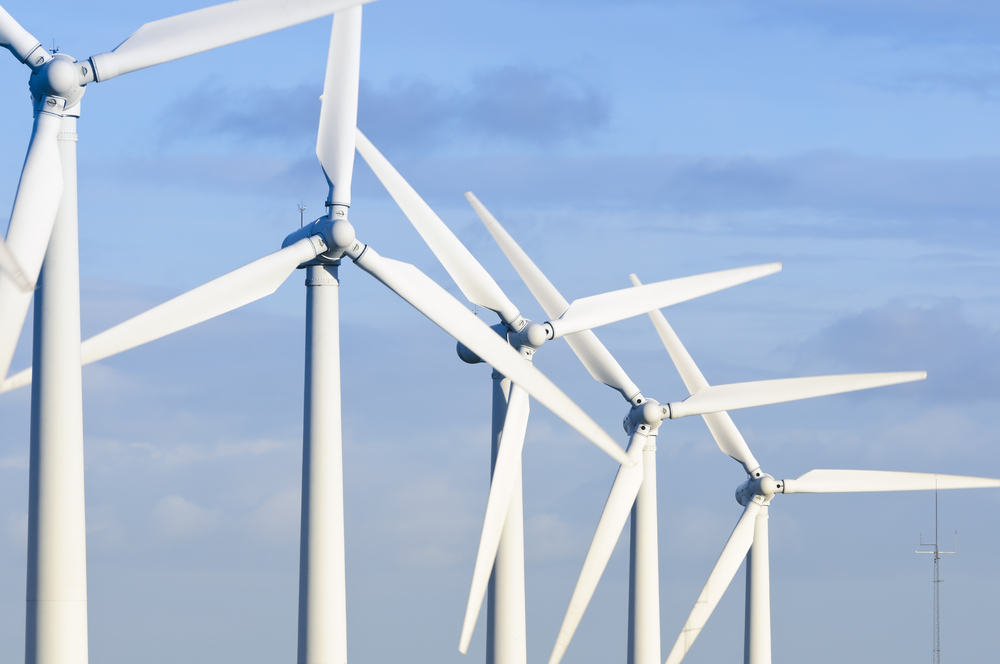US Wind farm development hits record-high in second quarter

Wind farm development hit record levels in the second quarter of 2019, according to the American Wind Energy Association (AWEA).
A record 41,801 megawatts (MW) of U.S. wind capacity is currently under construction or in advanced stages of development, AWEA’s U.S. Wind Industry Second Quarter 2019 Market Report said. That represents a 10 percent increase over the level of activity this time last year. Further, the wind project pipeline grew 7 percent in the second quarter with 7,290 MW in new construction and advanced development activity.
“American wind power’s record growth continues to accelerate with over 200 wind farm projects underway in 33 states,” AWEA CEO Tom Kiernan said. “Our industry’s success strengthens the U.S. economy because access to affordable, clean American wind power is a competitive advantage in the eyes of business leaders. And when those businesses invest in U.S. wind energy, it directly benefits the people living and working in our country’s farm, factory, and port communities.”
Texas currently hosts the most activity (9,015 MW), followed by Wyoming (4,831 MW), New Mexico (2,774 MW), Iowa (2,623 MW), and South Dakota (2,183 MW). About half of all states have enough projects underway to grow their wind capacity by 25 percent or more.
There are also some major offshore wind projects in development. Maryland (1,200 MW), Connecticut (2,000 MW), and New York (9,000 MW) al have major projects in the works. Also, New Jersey gave the green light for Orsted’s 1,100 MW Ocean Wind project—the largest offshore project planned in the United States so far.
Overall, U.S. wind capacity is 97,960 MW, with more than 57,000 wind turbines operating in 41 states and two U.S. territories. American wind farms now produce enough electricity to power over 30 million average homes and provide more than 20 percent of the electricity in six states.
The demand is primarily driven by Fortune 500 companies and utilities — as well as states for offshore projects. Hormel Foods, Smithfield Foods, Crown Holdings, and Ernst & Young were first-time customers of wind energy in the second quarter. They join repeat customers like General Mills, Walmart, and Target. Additionally, utilities accounted for the remaining 48 percent (949 MW) of second-quarter power purchase agreements.
“We’re seeing a growing number of wind farms select turbines capable of powering nearly twice as many homes as the average U.S. wind turbine,” Kiernan said. “Wind technology innovation is keeping pace with demand, but we can’t afford to neglect the power grid infrastructure that delivers electricity from where it’s made to consumers. We continue to urge the Administration, Congress, FERC, and grid operators to ensure well-designed transmission lines can be planned, permitted, and built in a timely fashion.”
